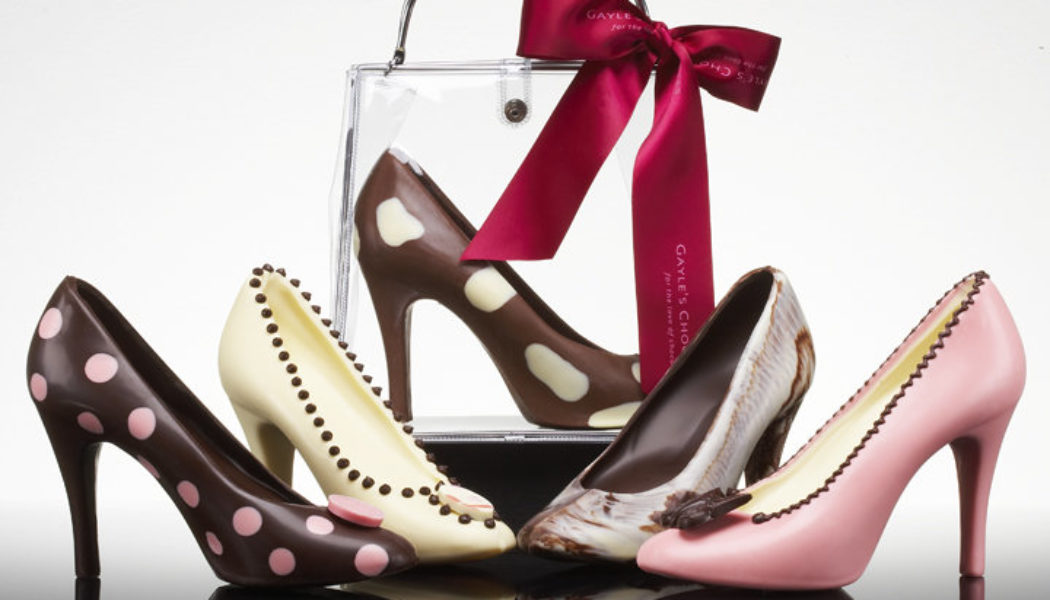I have a confession to make. I have a slight obsession with shoes. I wasn’t always a shoe collector. In fact, when I first started working, I had one pair of black pumps and one pair of brown pumps. They might have been the same shoe in different colors. My friend Marcie was the first person to encourage me to break out of sensible shoes.
“Dena, when you wear the same pair of shoes every day, they wear down faster. If you had four pairs of black pumps, think of how long they would last? You need to branch out, try some canvas wedges for summer – think suede leather boots for winter… you’ll be saving money.”
My late husband Chris marveled at how enthusiastically I embraced Marcie’s advice. I now have a closet wall dedicated to shoes. Shelves lined with practical and impractical, peeptoe and slingbacks.
When Chris was diagnosed with cancer, I developed a new obsession: clinical trials. My initial foray into trials started much the same way that I looked for shoes. A simple search for a kidney cancer trial, preferably nothing too risky – phase 3 for sure. A basic black pump with a solid heel. Absolutely no bows.
I quickly learned though that my efforts at being sensible were limiting our access to treatment. Searching only for “kidney cancer” resulted in fewer trial options. Many of them weren’t good fits for Chris – previous treatments or even lack of previous treatments made him ineligible. Some of the trials were for drugs that we already had access to.
I found that some of the most exciting trials were phase 1 – trials that were open to many cancer types, not just kidney cancer. By searching for “solid tumor” rather than kidney cancer, I found promising new therapies that might give us a shot at a really lasting and durable response. By branching out of what I thought were safe phase 3 trials, we were opening up access to cutting-edge treatments that doctors were buzzing about.
When we first met with Dr. Hans Hammers (who was then at Johns Hopkins) to discuss a phase 1 trial for a new immunotherapy drug, he looked at Chris and asked him how he had found one of the most exciting new drugs for kidney cancer. Chris and I were quick to point out that we’d been following the drug for some time – we’d read about it online, matched it with Chris’s profile, we felt like it would be a perfect fit. We were as excited as the researchers were. After all, this drug had the possibility to save his life. Even though the trial drug didn’t work for Chris, we were grateful that we had the opportunity to try it.
Recently, I went back up to Johns Hopkins for a meeting with cancer survivors, advocates, doctors, nurses and researchers. The topic? How to help patients embrace and enroll in clinical trials.
Knowing how I felt when Chris was first diagnosed, it shouldn’t surprise me when folks are still apprehensive about clinical trials. Speaking to a fellow caregiver the other day, he mentioned that his wife was terrified of entering a trial. She viewed it as a last resort – something you would only do after you’d exhausted all other options.
The reality is that when a clinical trial should or shouldn’t be used is based entirely on the individual and the best course of action for how to treat their disease. Some clinical trials are designed for patients who are treatment naïve – they may offer something that no FDA-approved drug could provide. Some trials are best used after another more conventional treatment has failed. But patients and doctors should be following trials from diagnosis, so opportunities aren’t missed.
Just because you don’t have an outfit to match the shoes doesn’t mean they aren’t great shoes. They might just be what you’re looking for down the road.









